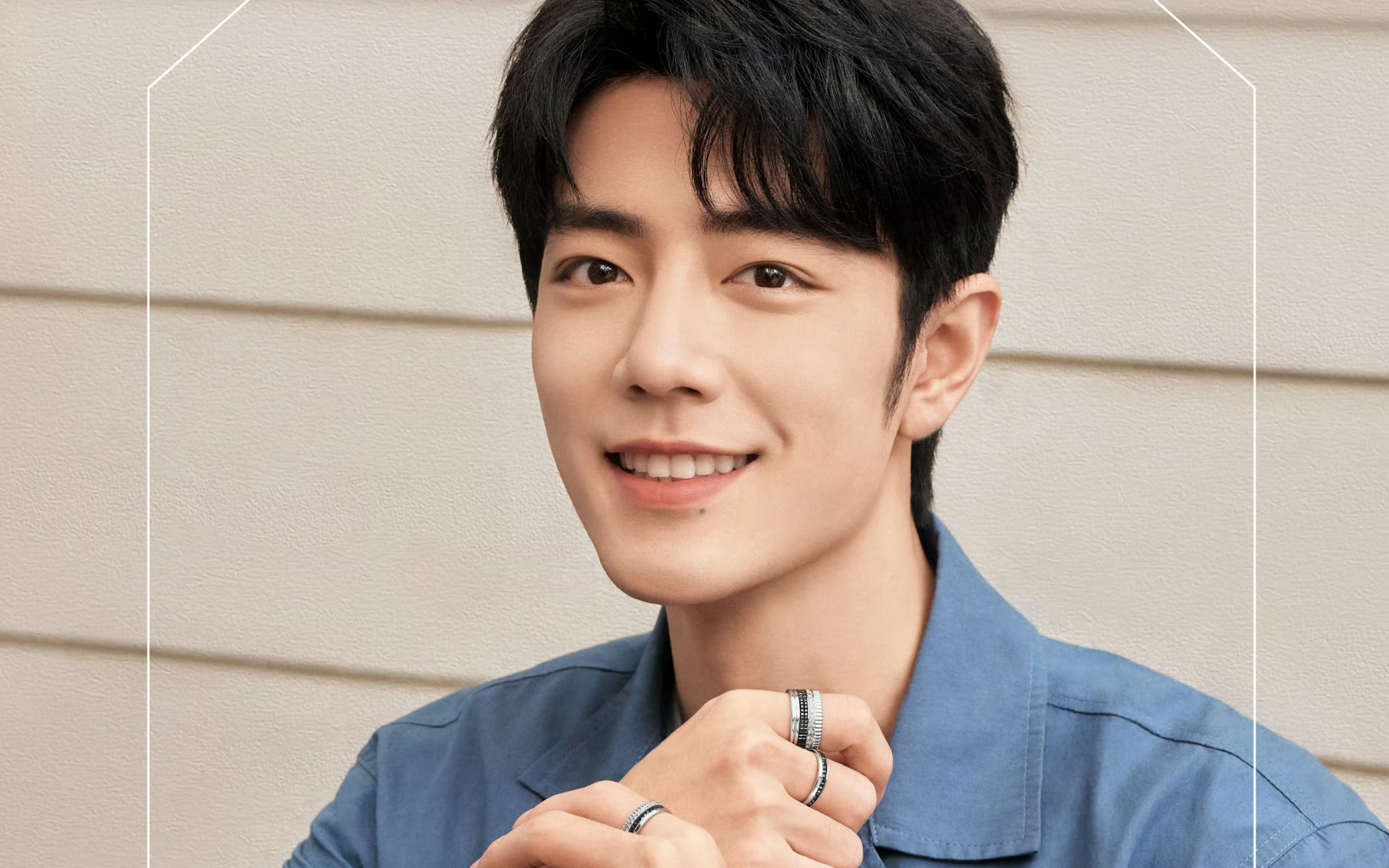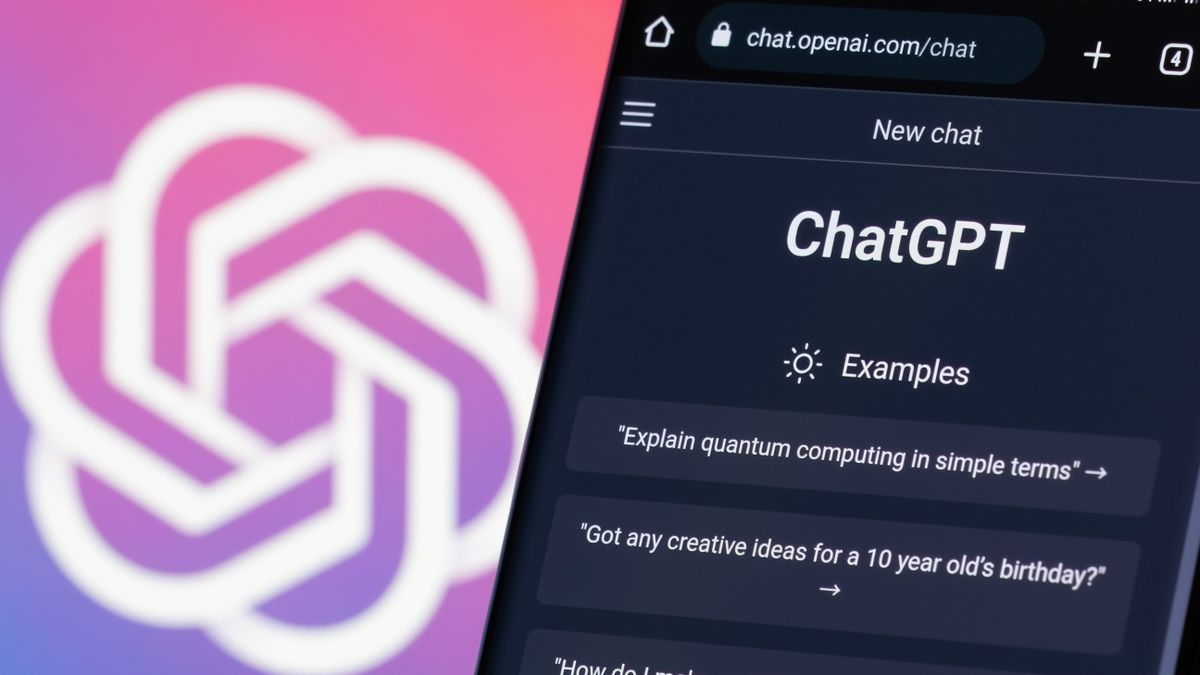China’s gift economy has been growing steadily since 2018, according to the latest findings from iiMedia Researchwhich underscores the importance consumers place on holiday celebrations and emotional expressions. The market is expected to reach US$191 billion (RMB1.38 trillion) by 2024 and US$225.7 billion (RMB1.62 trillion) by 2027.
Gift-buying peaks on romantic occasions such as Valentine’s Day and Qixi, reflecting the emphasis on rituals. Gifts now serve as an important vehicle for emotional exchange and cultural continuity, with shoppers considering practicality and sentimental value when selecting gifts.
In iiMedia Research’s Qixi 2024 survey, 46.3% of 1,322 respondents said that practicality was their main criterion for Qixi gifts, followed by emotional significance (44.8%), partner’s preferences (43.6%), affordability (42.6%) and aesthetic value (36.2%).

Couple-themed products such as rings and watches were the most popular, with 27.3% of respondents giving them gifts. Digital gifts such as WeChat red packets and cash followed closely behind at 24.4%, highlighting the popularity of online payment methods. Apparel and accessories accounted for 21.9%, while perfumes and fragrance products accounted for 20%. Chocolate came in fifth at 19.8%, highlighting consumers’ diverse and personalized gift-giving habits.
According to Taobao’s 2024 Qixi Festival gift reportSales of gold items rose 255% MoM, driven by demand for investment gold and high-end jewelry. Sales of plush toys rose 216%, with plush bouquets showing significant growth. Sales of Chinese-style gifts doubled, with notable increases in Chinese-style Lego sets (up 259%) and Hetian jade bracelets (up 17x). Lucky items also increased more than six-fold, alongside jewelry, toys and cultural products, highlighting China’s growing spiritual and mystical economy.
Despite lower participation in this year’s Qixi Festival – 9% fewer brands participated and 14% fewer events took place than in 2023 – luxury brands still showed higher engagement than on other romantic holidays such as Valentine’s Day or 520, according to Chinese media. This underscores Qixi’s status as an important marketing opportunity in the Chinese luxury market.

Boucheron, in collaboration with Tmall’s Super Brand Day, hosted an exclusive Qixi event on August 10 with a curated selection of couple-themed gifts. Members enjoyed perks such as interest-free payments, first-purchase discounts, and gifts for repeat customers, with the overall goal of making this year’s Qixi Festival even better.
Luxury brands are also beginning to use augmented reality (AR) and interactive digital experiences such as online gaming and filters for their Qixi campaigns.
Loewe created an AR experience for its Qixi short film A Tale of Catching Starsavailable on WeChat. Users interact with two hedgehogs in love, and the film’s many elements, including animated butterflies, durian and stars, have been transformed into exclusive, limited-time filters for vintage Polaroid-style images.
Tiffany launched a virtual experience for the Tiffany Lock collection, where users explored a cloud-like space, wrote love letters, and learned more about the collection’s inspiration. Graff and Celine introduced interactive WeChat mini-games for Qixi, where users had to match cards to win exclusive red WeChat package covers and wallpapers.
Loro Piana introduced a special Qixi lamb plush toy made of a cashmere and silk blend, accompanied by an animated short film and background images. Maison Margiela launched a limited edition Qixi-themed board game, “Love in Transit,” which was offered exclusively to customers who met certain purchase conditions.
These brands transcended traditional categories and delivered creative products that matched their distinctive aesthetic while exceeding customer expectations.

Data from iiMedia Research shows that e-commerce platforms such as JD.com and Taobao are the first choice for Qixi gifts, with 46.49% of consumers preferring them due to their convenience and market influence. Social e-commerce platforms such as Xiaohongshu and WeChat follow closely behind with 34.09%, highlighting the fusion of social interaction and shopping in China.
Offline retail, including supermarkets and gift shops like Miniso, also remains important, and the rise of short-video e-commerce platforms like Douyin underscores their rapid growth and potential.
Regarding the timing of purchases, 9.30% of consumers start shopping two weeks before Qixi, 61.78% one week before, 23.76% three days before, and 5.16% on the day itself.
By analyzing the Qixi shopping habits of Chinese consumers, brands can strategically adjust their product offerings and optimize marketing campaigns to achieve maximum impact during peak periods.




